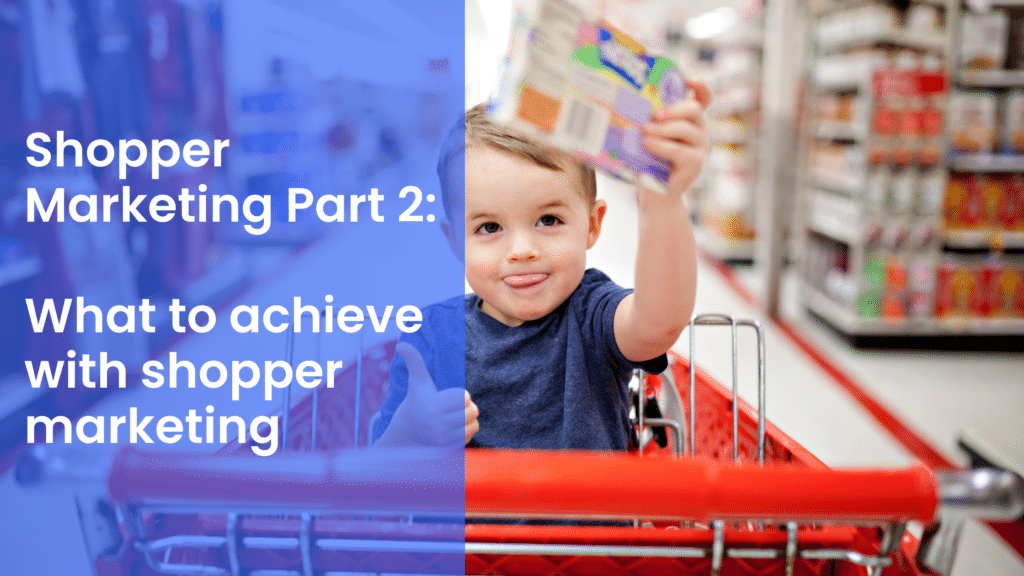
This article will explore what you can do to set up a shopper marketing strategy and what you can expect to achieve.
How to create a Shopper Marketing strategy:
Brands that implement a shopper marketing strategy correctly possess a competitive edge because compiling a plan requires a deeper understanding of the consumer path-to-purchase from a holistic perspective rather than individual components.
As a starting point for formulating your shopper marketing strategy, ask yourself these four essential questions:
- What does your brand represent, and does that resonate with your target audience?
- What is necessary for your target audience?
- What are your goals beyond making sales?
- What is your budget?
The answers to these questions should represent the heart and soul of your strategy, which can then wrap around each stage of your buyer’s journey:
- Awareness Stage – Focus on brand recognition and storytelling to ensure you resonate with your target audience.
- Consideration Stage – Deliver value and properly incentivize consumers to encourage them to purchase your products ahead of competitors’.
- Conversion Stage – Delight with a positive customer experience and focus on building long-term relationships with your customers.
- Retention Stage – Provide an easy way to connect and keep your customers coming back.
Now that you’ve formulated your objectives for each stage of the buyer’s journey, it’s time to think about how you should execute it. For example, what marketing activities will you implement to ensure brand recognition? How do you want to incentivize customers? What channels will you use to communicate this to your target audience?
You can use the traditional marketing principle of the “4 P’s” to map out your plan for executing the shopper marketing strategy:
- Price: discounts, bundled offers, price communication, and coupon
- Place: eCommerce stores, bricks and mortar stores, visual merchandising, store layout
- Product: Featured products, packaging, catalogs
- Promotion: promotion communications, advertising channels, communicating brand and products to consumers
What can be achieved with a Shopper Marketing Strategy?
By using a shopper marketing strategy as the lens for looking at the entire buyer journey as one, businesses can expect to:
- Increase brand affinity by delivering more consistent marketing messages
- Drive sales by looking at the entire path to purchase instead of individual stages
- Improves long-term relationships with customers
- Focuses on long-term gains rather than short-term objectives, which creates more consistency
- Creates opportunity for data-driven decision making by looking at the entire lifecycle and proper data attribution
- A deeper understanding of customer segments and preferences by looking at their behaviors across a broader range of activities rather than in isolation
- Provide more personalized customer experiences by tracking progress through the path to purchase.
Want to implement a shopper marketing strategy for your business? Please speak to us about how Mobeo delivers value at every customer journey stage.
Missed the first part of this series? Read more about Shopper Marketing in “Shopper Marketing Part 1: What is shopper marketing and how has it changed lately?”Shopper Marketing Part 1: What is shopper marketing, and how has it changed lately?
